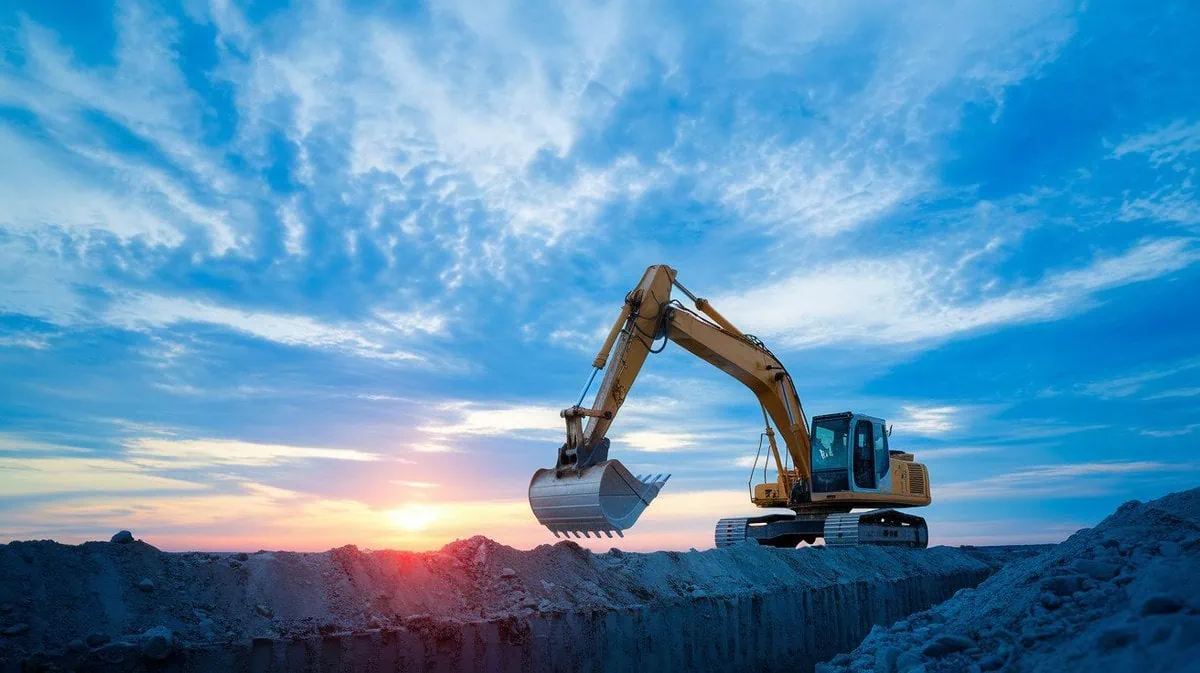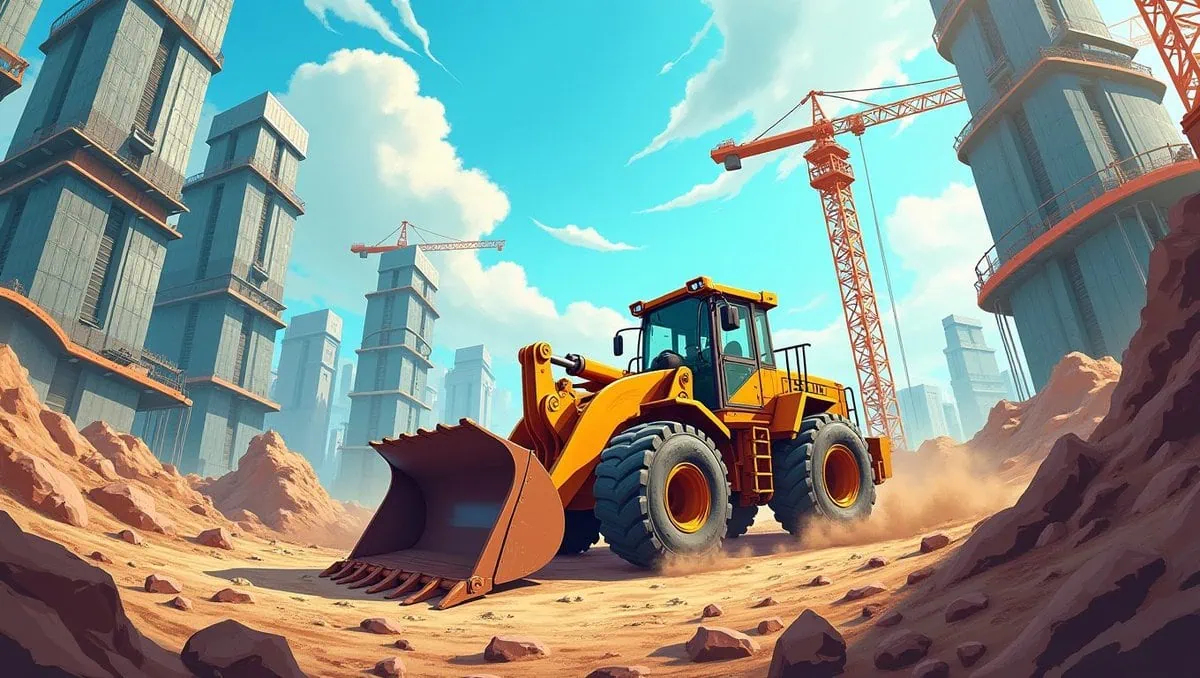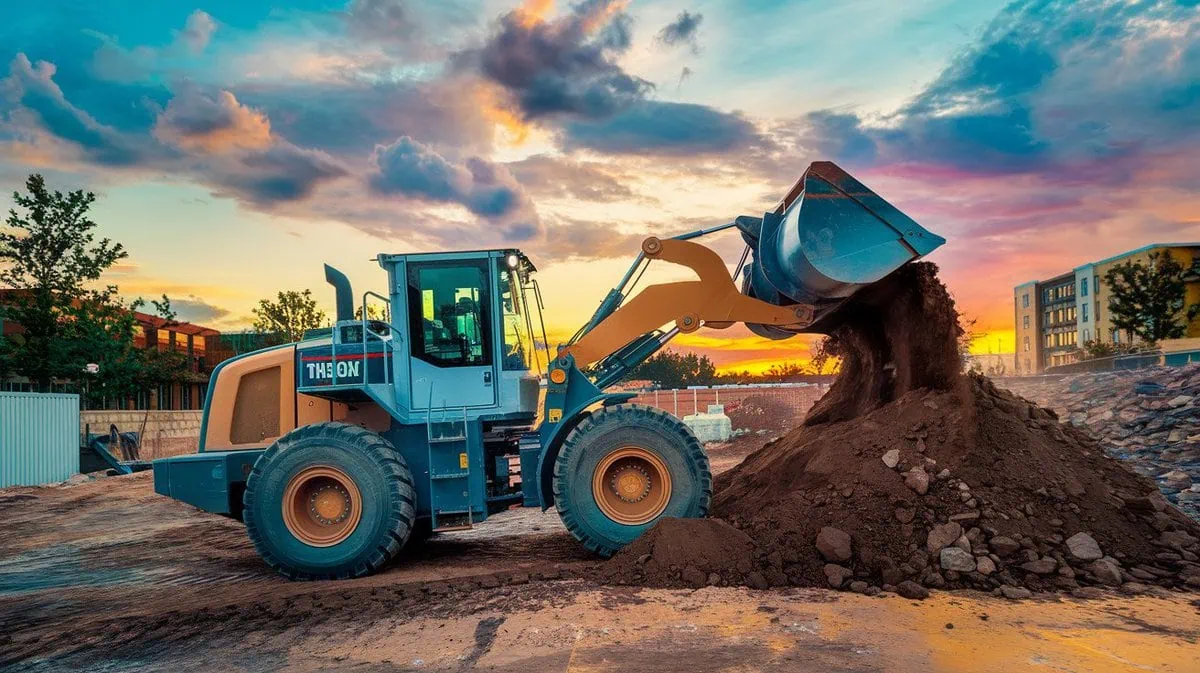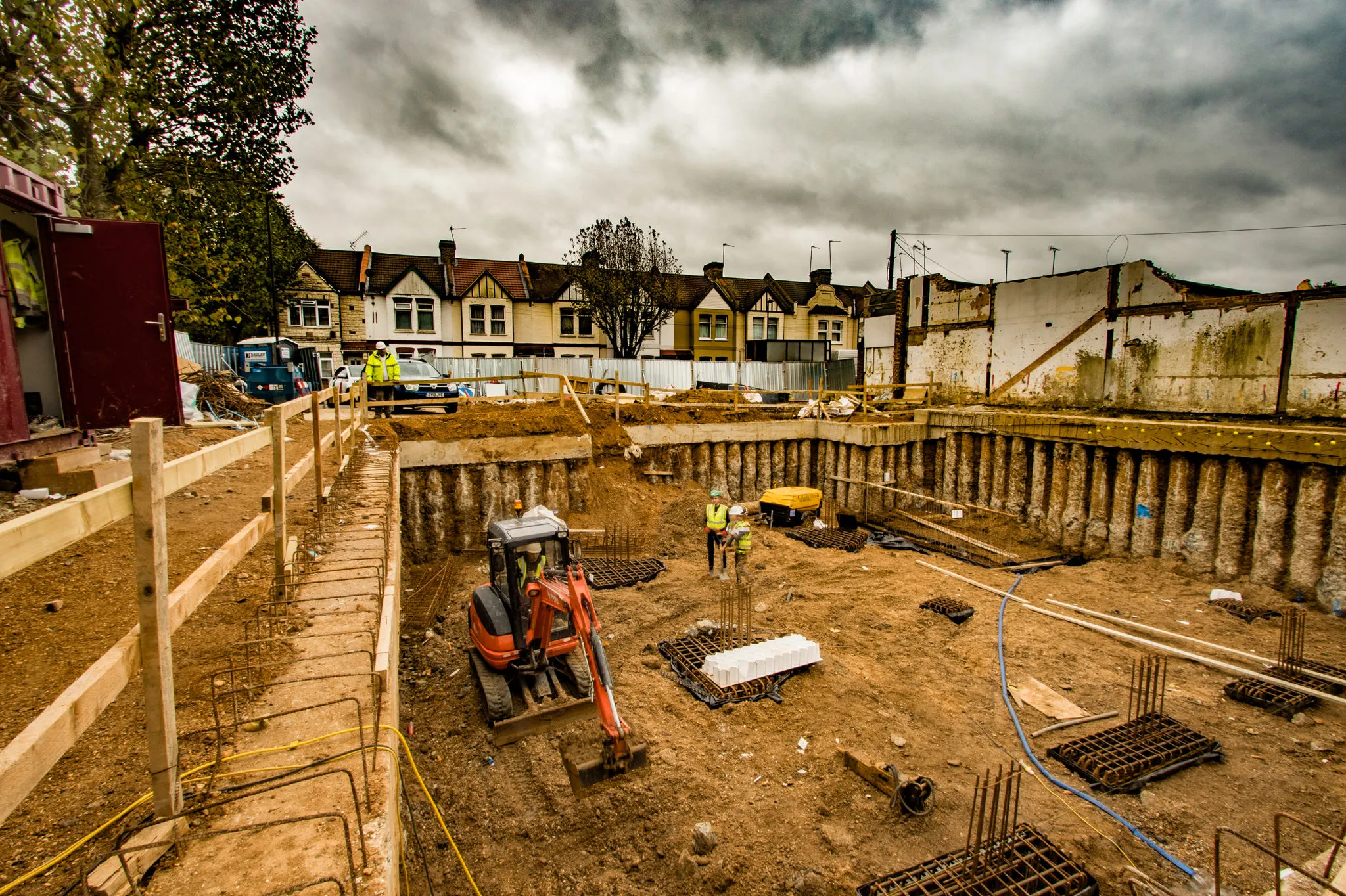To choose the perfect excavator, the first thing you have to know is what kind of work you need to do. Do you have to creuser une tranchée, move heavy materials, or delete something? Once you know what the main work you need to do, then you can pick the size and model of the excavator to get the job done. Mini excavators can tackle small projects or fit in tight spaces, while the bigger construction excavators can take on the big, hard jobs like building a road or mining.
An excavator is a versatile and powerful piece of heavy machinery used for digging, lifting, and demolition tasks. Its primary components, such as the arm, bucket, and tracks, work together to perform complex functions, making it indispensable in construction, mining, and civil engineering. Understanding these components and their interactivity ensures optimal machine performance and longevity.
In this post, we’ll dive into what is a excavator, the different components of an excavator, how they work, and how they help out in various construction or excavation projects.
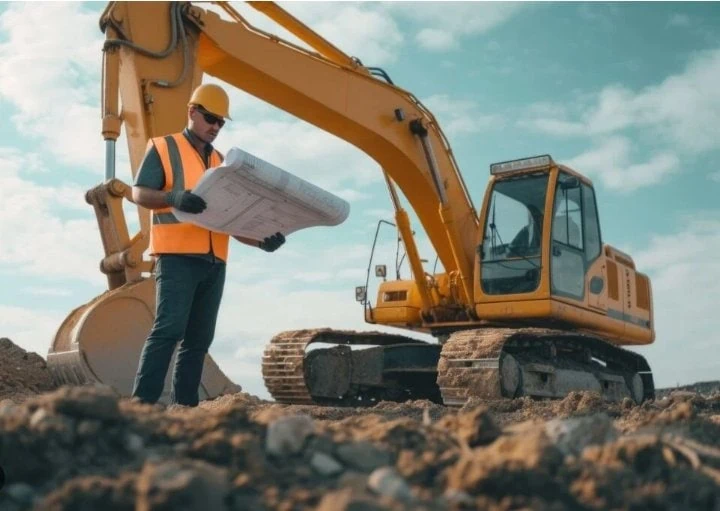
1. What Is an Excavator Machine?
Donc what is excavator? An excavator is a big, tracked, construction machine that’s used for digging, lifting, and a bunch of other material handling tasks. They’re great for working on construction sites, in mining operations, and on demolition projects.
Excavatrices are equipped with a boom, arm, bucket, and cab. They are designed to perform essential tasks like digging trenches, lifting heavy loads, and demolishing old structures. The versatility of the excavator makes it indispensable for various applications in construction, civil engineering, and mining.
So, what are excavators used for? Excavators are used worldwide in construction for digging foundations, digging trenches for utilities, and handling heavy lifting. In mining, excavators remove layers of earth and rock to expose minerals. They’re also critical in demolition for tearing down buildings and clearing debris from projects. With the ability to rotate 360 degrees, an excavator machine can work in a small area. This makes them perfect to use in tight areas and all the tight spaces found on a job.
Additionally, excavators can be converted into different equipment by adding various attachments, such as grapples, hydraulic hammers, ou buckets. It makes them one of the most versatile and most important machines in any construction or mining fleet.
2. Excavator Bucket and Tracks
Two critical components of an excavator are the bucket and the tracks. Together, these give the machine the flexibility and materials it needs to move materials from point to point, as well as the stability to move across difficult terrains.
The bucket is an excavator’s primary tool for digging and lifting, while the tracks allow the machine to move smoothly across rugged terrain. The tracks help distribute the weight of the machine, preventing it from sinking into soft ground, while the bucket allows for precise material handling.
Le excavator bucket comes in several types depending on the task at hand. You can get a standard bucket, which are generally used for general digging. Heavy-duty buckets lift heavy stuff, like rocks. You can also buy buckets made to help with grading or leveling soil, tilting the bucket, or a multipurpose bucket.
The other critical item on an excavator is the tracks. The excavator tracks are necessary for the stability and mobility for the machine, especially in tough or uneven terrains. Crawler excavators have tracks that help distribute the weight of the machine so that the machine doesn’t sink in when working on soft or muddy ground. The tracks have a large surface area which also makes the machine more stable – excellent for working on hills, sand, or in the soft dirt.

3. How Do Excavator Tracks Work?
Excavator tracks are a vital part of the machine to help the machine move around over different types of terrain. Understanding more about how they work can help you decide if a tracked machine is best for your project.
Excavator tracks distribute the weight of the machine across a large surface area, providing better traction and stability. This ensures the machine remains balanced and operational even in challenging environments like muddy or rough terrain.
Crawler excavators are made to work best on soft ground and other uneven surfaces where a wheeled machine would get stuck. The tracks on the excavator are much wider than tires, so they distribute the weight of the machine much more evenly across a wider area and help prevent the machine from sinking into the ground. That’s why excavators are the perfect machine for use in marshy or muddy areas, on construction sites where the soil is loose, or up in the mountains.
There are a few other benefits to tracked excavators. One, you can make a tighter turn with a tracked excavator because you can move each track independently. This is handy for getting around in tight areas on a construction site. Also, because tracks spread the weight of the machine out over a large area, they exert less pressure on the ground than a machine with tires – making them more environmentally friendly on sites where damaging the ground is a concern.
4. What Is Excavator Used For?
As if all that weren’t enough, you can also use an excavator to do all sorts of other tasks. You can lift material like steel or plywood sheets with a strap. You can use the bucket to pick up sidewalks that need replacing, shrink wrap boats, or blast concrete off your jobsite. There’s no limit to what you can do with an excavator. Excavators are versatile and essential tools in construction and mining.
Excavators are used in construction for creuser des tranchées, lifting materials, and demolishing old buildings. They are also essential in mining operations, where they are used to remove earth and rock to expose valuable minerals.
What do people use an excavator for? In construction, excavators dig foundations, move earth, dig trenches for pipes, and do all sorts of things. Because they can rotate 360 degrees, you can use them to dig in big tight spots. In the mining industry, they use excavators to remove the dirt on top and get to the ore, whether it be coal, gold, or some other metal. Their hydraulic system allows them to dig in tough soil, rock, and even frozen ground.
There is nothing like an excavator for demolition work. Attach a set of grapples to the machine’s arm and use it to grab and sort material as you tear down a building. Attach a hydraulic hammer to the machine, and your excavator will beat concrete, tile, brick, and other hard items into pieces small enough to scoop and haul away. Finish off the demolition by using the bucket on the machine to grab all the rubble and move it off-site. In cities, with space at a premium, they use excavators to remove debris and prepare the ground for new construction.

5. Excavator’s Functionality in Engineering and Construction
Excavators are critical construction and machines à exploitation primarily used to dig, lift, and move material. Think of them as giant tools. In construction, they dig foundations, move dirt, cut trenches for utility lines, and tear buildings down. They can also turn 360 degrees in one spot, which makes them ideal for digging in tight places like a house site in town. Excavators can use different equipment attached to the arm. For example, in mining, they might pull heavy overburden off a coal or ore seam. The hydraulic system on an excavator can dig through hard soil, rock, or even frozen ground. In fact, there is nowhere the excavator can’t go where it can’t dig.
Excavatrices are used extensively in civil engineering projects to dig trenches, prepare the foundation, and move large amounts of soil. Their versatility allows them to complete multiple tasks in a short period of time, making them highly efficient.
Excavators are an essential component of just about every construction and mining operation on the planet. They do everything from digging to lifting, to demolishing structures. They are, without a doubt, the most versatile and necessary machines in construction and mining.
Excavators are workhorses on almost any construction and mining project. Although a large initial investment, compared to other machines, the payback is through years of thousands of hours use in a broad range of activities. They are the Swiss army knife of mining and construction.
6. Excavator Bucket: Types and Functions
When it comes to excavators, the bucket is king. There are different types of buckets to choose from depending on the job you’re doing. The better the bucket, the more efficient the excavator.
Excavator buckets come in many types, from standard digging buckets to specialized buckets for lifting and grading. The right bucket can significantly impact the productivity of the machine.
Excavatrices work just about anywhere. The first rule of thumb to remember is they have tracks, not wheels. The tracks keep the excavator from sinking in soft ground, and the weight of the machine is distributed over the wide tracks. This is handy in soft or uneven ground, like a marsh or a hilly area where you don’t want to sink in the ground. The wider the tracks, the more flotation the machine has, meaning it doesn’t sink. The fact that each track is independent of the other means the excavator can spin around in a circle, move backward and forward, and go sideways without changing direction, just by varying the speed of each track.
Plus, the lower the ground pressure, the less damage the excavator does to the ground. This makes it environmentally friendly.That’s right, and with an excavator, you can add other attachments like a grapple or hydraulic hammer to make the excavator more versatile. Because they’re tracked machines, they excel in tighter spaces where a wheeled machine can’t go. If you lose traction on a track, you’re in trouble. Of course, the track must be in good condition to get good traction. Tracked excavators are the go-to choice on many heavy construction and excavation jobs because they’re so versatile.

7. What Is Excavator in Engineering?
The bucket and tracks are the keys to an excavator. The bucket does the work, and the tracks keep the machine from tipping over. It doesn’t matter if you’re moving dirt, rocks, or debris; if you’re digging a hole or tearing down a building, excavators are a necessary piece of equipment. They are rotating machines that can perform a multitude of tasks—from digging dirt to tearing down a building to breaking up concrete. Because of the work they do, the buckets on an excavator vary in size and type, depending on what the machine is doing at the moment.
Excavators are used in engineering for digging, material transport, and foundation preparation. Their versatility makes them indispensable tools for civil engineering projects like road building and dam construction.
Excavators are very machines! They’re used all the time in the construction, mining, and demolition industries. Whether it’s digging a foundation for a building, digging utility trenches, or moving heavy material from one place to another, you can’t beat an excavator. An excavator rotating 360 degrees can do wonders in tight spaces. They have a variety of attachments to help you do the work. Whether it’s a standard bucket for general use or a grapple, a bucket for heavy material (like rocks), or a hydraulic hammer to break up concrete, an excavator is a versatile piece of equipment. Excavatrices are the most versatile machine on any job site, whether it is in construction, mining, or demolition.
8. Excavator Maintenance: How to Ensure Longevity and Performance
The hydraulic system on an excavator allows it to do more work than any other machine. That’s why excavators are such a critical tool in the construction and mining industries.
To prolong the lifespan of an excavator, regular maintenance is essential. This includes checking the engine, hydraulic system, tracks, and excavator bucket for wear and tear. Timely servicing can help avoid costly repairs and downtime.
Excavators are a key machine in the construction and mining industries, making them a vital tool for excavating, lifting, and demolition work. Their rotating capacity to 360 degrees means they can work in tight areas. On a construction site, you use an excavator to dig a hole for the foundation of a building, dig utility trenches, or move heavy material. In mining, excavators remove the overburden (the topsoil material) to get to the minerals beneath. Excavators come in a wide range of sizes.
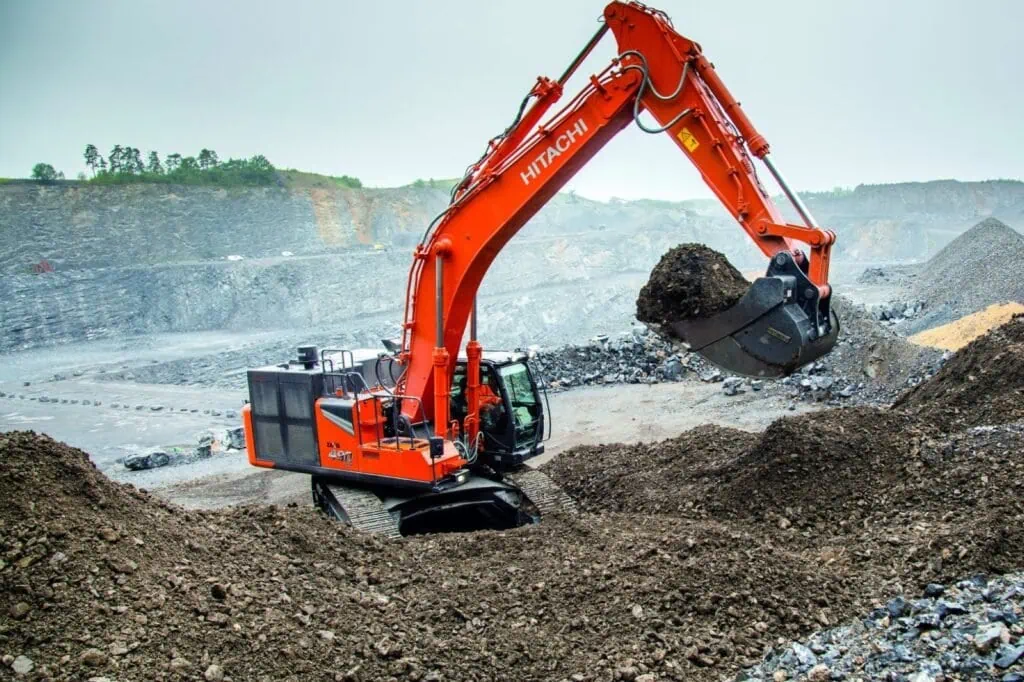
9. How to Choose the Right Excavator for Your Project
Excavators are the best tool for those infinite number of jobs around your house and property. Whether it’s digging holes for fence posts, grubbing out lilac and forsythia bushes, removing fence posts or digging up and moving small trees, the excavator is perfect for the job.
When selecting an excavator, factors such as size, type, and function must be considered. Additionally, you should evaluate the ground conditions, load requirements, and desired attachments to ensure you pick the right machine for your needs.
Pour choisir le right excavator for your project, you must consider what type of job you have to do. Are you digging a hole, moving heavy materials, or tearing something down? Once you know what you have to do, then you can look at size and model. Mini-excavators are great for small jobs in tight places, while large construction excavators do a fantastic job with big, hard jobs like building a road or mining.
Excavators are a critical and versatile machine for you to have in construction, mining, or demolition. They work extraordinarily well for any job where you need to dig, lift, or tear something down.
If you are using an excavator nowadays, it tears the greenhouses down a lot faster than having to do it by hand. They are hands down the best tool for the job for both demolition and pre-demolition. It is easier to do the demolition and cleanup because all of the debris goes straight in the dumpster and out of the way instead of having to carry it out.
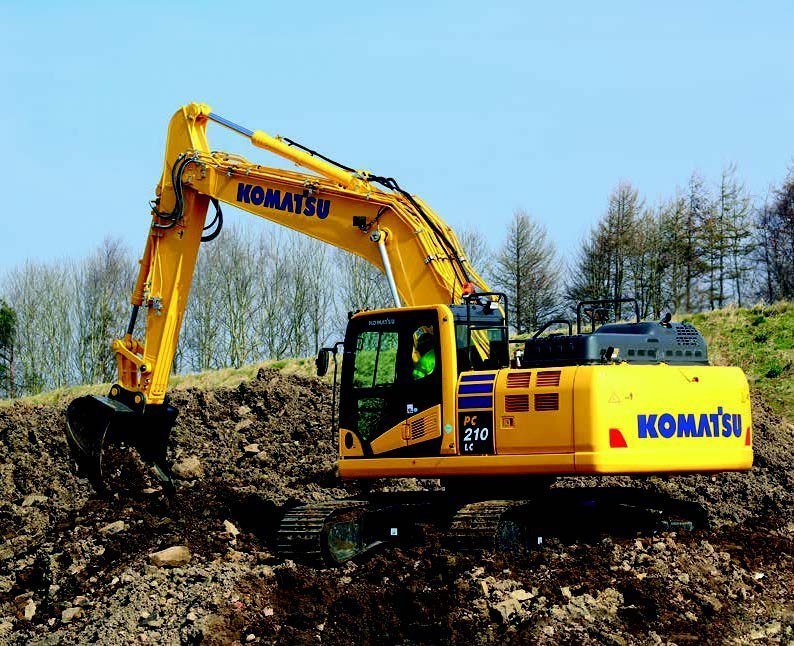
Conclusion:
Excavators are critical machines in construction and mining. They can accomplish almost any job because they dig, lift, and destroy things well. Excavators have tracks so the weight is distributed evenly over the ground, which also helps them not to get stuck in soft ground. Their ability to spin 360 degrees makes them very good for tight spaces, and their ability to use different attachments, like hydraulic hammers, augers, buckets, or others, makes them even more versatile.
In construction, if you have a job to dig a trench, dig a foundation, move heavy materials, or anything else that requires dirt to be dug, moved, or placed, an excavator can handle the work. In mining, they remove the overburden to get to the good stuff they’re mining for, and in demolition, they tear down buildings, break concrete, and clear debris with ease.
So take care of your equipment. Periodically check the hydraulic systems, the tracks, and keep clean fluids in your equipment so it can run as expected.
And for goodness sake, take care of your equipment. Regular maintenance will not only extend the life of your equipment, but it will also save you money on expensive repairs. The life of an excavator is in your hands. Take care of it, and it will be a cost-effective tool for use in your business.

